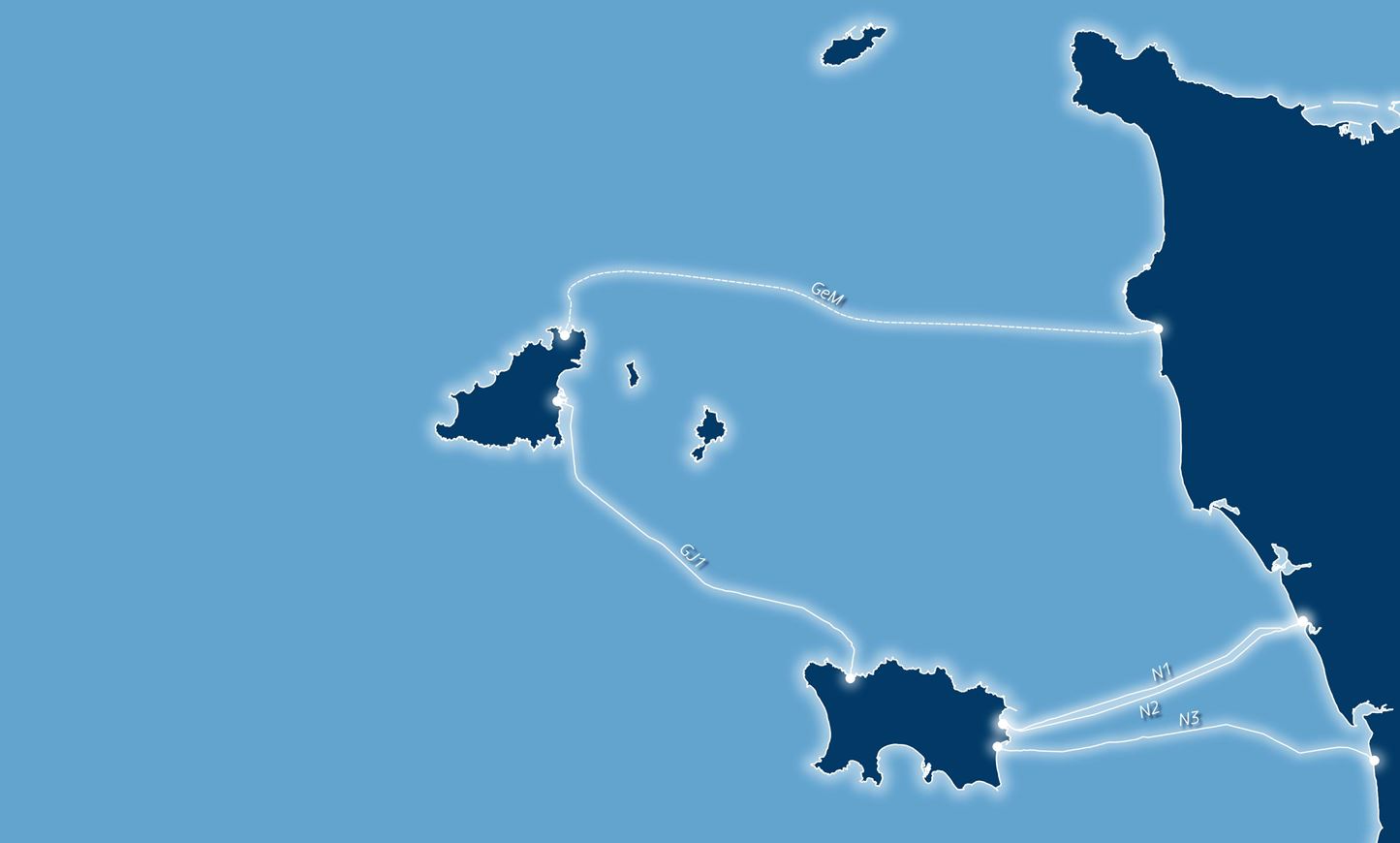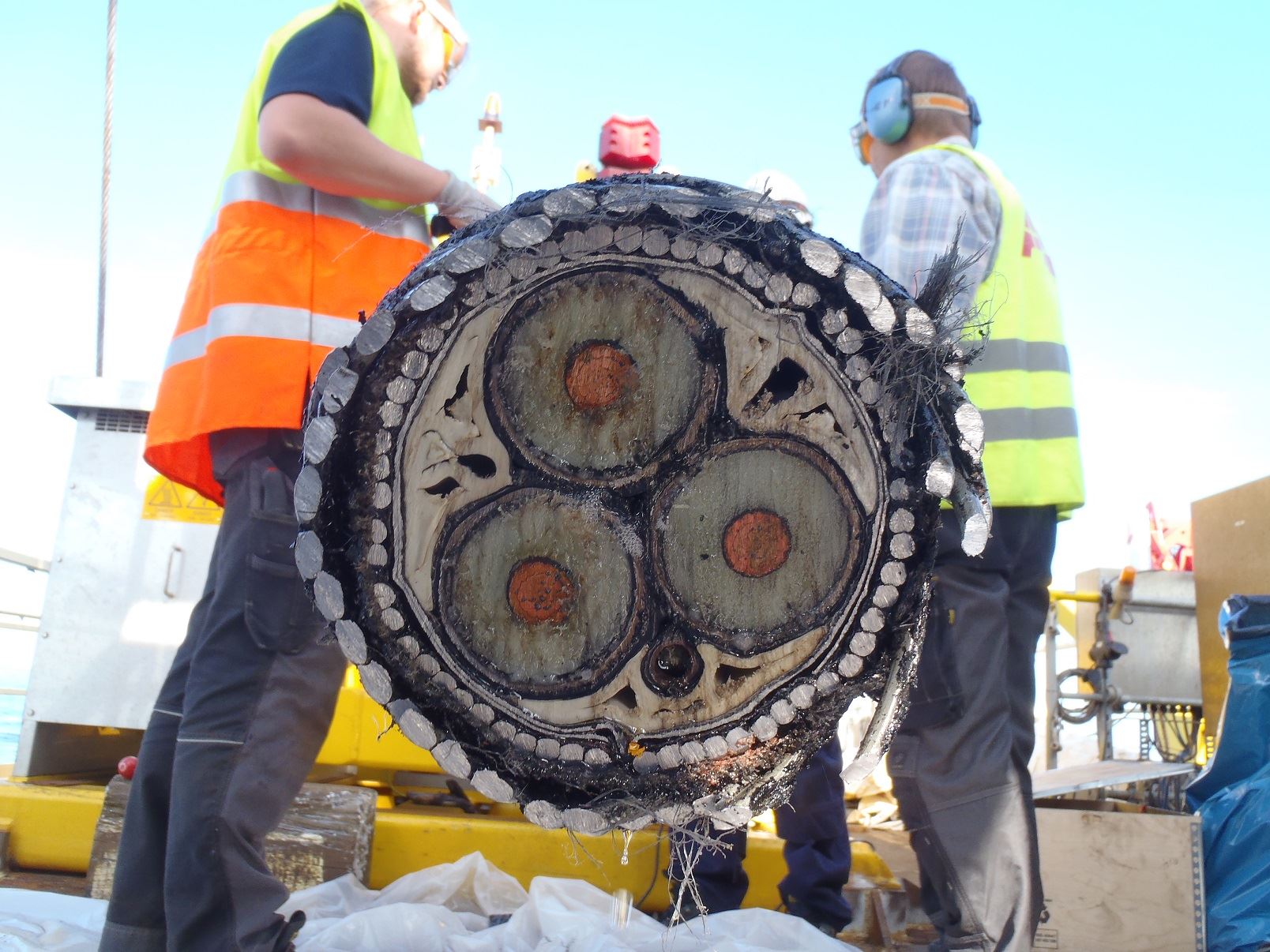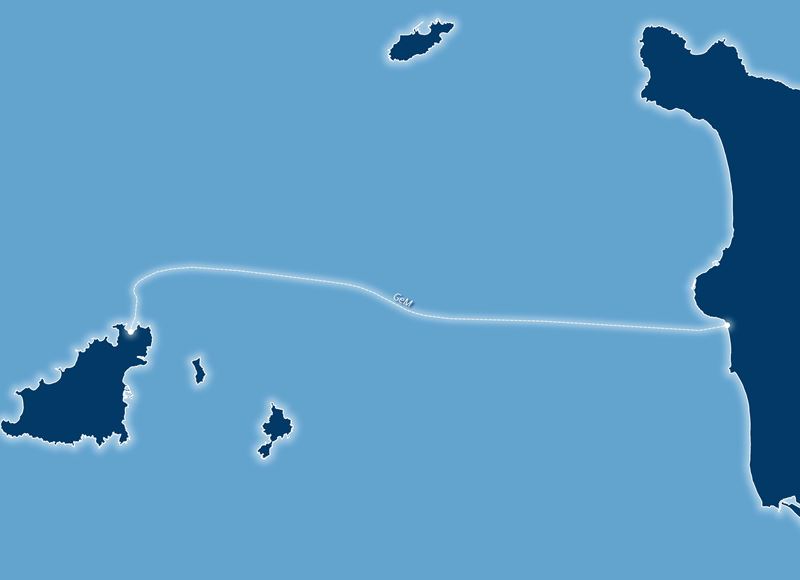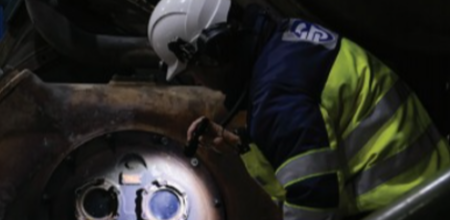Guernsey et la Manche (GeM)

Guernsey currently uses between 30MW (megawatts) and 90MW of electricity throughout the day. We predict that our demand will increase in the future so we need to ensure that we can always keep the lights and WiFi on, and our homes warm.
Local renewables alone cannot provide the electricity we need today, let alone in the future. There is no choice between subsea cable or local renewables. Using a mix of sources will offer reliability and security.
The States of Guernsey's Energy Policy 2020-2050 agreed plans for a 100 Mega watt direct cable connection to France and this will be considered as part of the Island's Electricity Strategy due in 2022.
Importing electricity today is the bridge to tomorrow's technology and will enable more local renewables. A second cable also opens up the opportunity to sell electricity to Europe.

Enabling local renewables
A 100MW cable would provide enough electricity for the island and allow for the decabonisation of heating and transport in Guernsey, meaning the power station would no longer be required.
It would also provide the security to enable more local renewables and the ability to export and sell any excess energy.
-
100MWProviding security and enabling decarbonisation of heating and transport
-
54kmunder the sea and total 76 km, between the substation on the Cotentin peninsula in France, and Guernsey.
-
90kVA high voltage alternating current AC subsea cable

Route selection is extremely complex and usually the most time-consuming process during a subsea interconnector project. Many factors must be considered before selecting a subsea route such as the sea bed, marine life, sea users and where the cable lands.
A desk-top study and detailed offshore survey will be undertaken to determine an optimum route through UK and French waters and on the land. A seabed survey will be carried out to provide information on the seabed for both engineering and environmental purposes. The environmental impacts of this route will be assessed, and an environmental report will be publicly available.
Wherever possible, to minimize the impact to sea users and to marine life, the cable will be buried into the seabed.
Current Stage: The potential marine routes and landings in Guernsey and France have been the subject of a detailed marine route selection assessment. The findings are now being analysed to characterise the seabed sediments and benthic habitats within the preferred study area in French waters.

We are committed to communicating transparently with all stakeholders in both Guernsey and France. Providing the public with opportunities for participation and consultation is an integral part of environmental impact assessment and assists in ensuring responsible development.
Coastal communities in other countries following progressive decarbonisation agendas are already experiencing some of the local benefits that can arise from this type of development in the green economy. We are committed to ensuring all areas of the local economy can thrive in parallel with this development and are sympathetic to the needs and concerns of the community and will seek to ensure minimal disturbance to local residents and businesses.
The GeM project is at an early stage of development and the next stage of consultation will be an opportunity to provide detailed information and we would welcome feedback that can shape the development of the project. If you have any questions please contact our team.
FAQs
Want to know more? Take a look at our section on the 'future of electricty'
We need to have a secure supply and local renewables alone cannot provide the electricity we need today, let alone in the future. Using a mix of sources will offer reliability and security for a sustainable supply.
Importing electricity today is the bridge to tomorrow's technology and will enable more local renewables. A second cable also opens up the opportunity to sell electricity to Europe.
This is becoming commercially viable, but at the moment it is not affordable for the island. The potential for exploiting Guernsey’s tidal range was investigated at Cobo Bay, Havelet Bay, Victoria and Beaucette marinas but the outputs and generation were initially too small to justify further investigation.
The import cable alone does not meet the islands electricity needs when energy demand is at its greatest. The GJ1 cable can provide 100% of Guernsey’s energy needs in summer and around 75% in winter, so the power station is still required as both a top-up for the winter peak periods and as a back-up when the GJ1 interconnector requires to be switched off for maintenance.
Guernsey Electricity’s long-term strategy is for an energy system that supports renewables and reduces the reliance on fossil fuels to use the power station for emergency generation only.
This second cable would mean that the power station will no longer need to ‘top-up’ supplies and will act purely as a ‘back-up’ for emergencies.
-
 12 April 2024
12 April 2024Delivering the energy transition
Following the States of Guernsey's approval to begin implementing the island's Electricity Strategy, the number of road closures will increase so we can upgrade Guernsey's network of underground cables. -
 11 March 2024
11 March 2024Home Energy Saving Audits
Online energy saving tips are great, but wouldn't it be helpful to have someone visit your home and work it all out for you too? That's what our Energy Savers will be helping islanders with. -
 6 March 2024
6 March 2024What on Earth is a Shift Engineer?
What’s the first thing that comes to mind when you think of an engineer? Often we’re taught they’re problem solvers who apply scientific principles to design, invent and create solutions. So how does this translate to Guernsey’s electricity supply? Powering his own spotlight, we spoke to one of the people who help keep the lights on around here.






